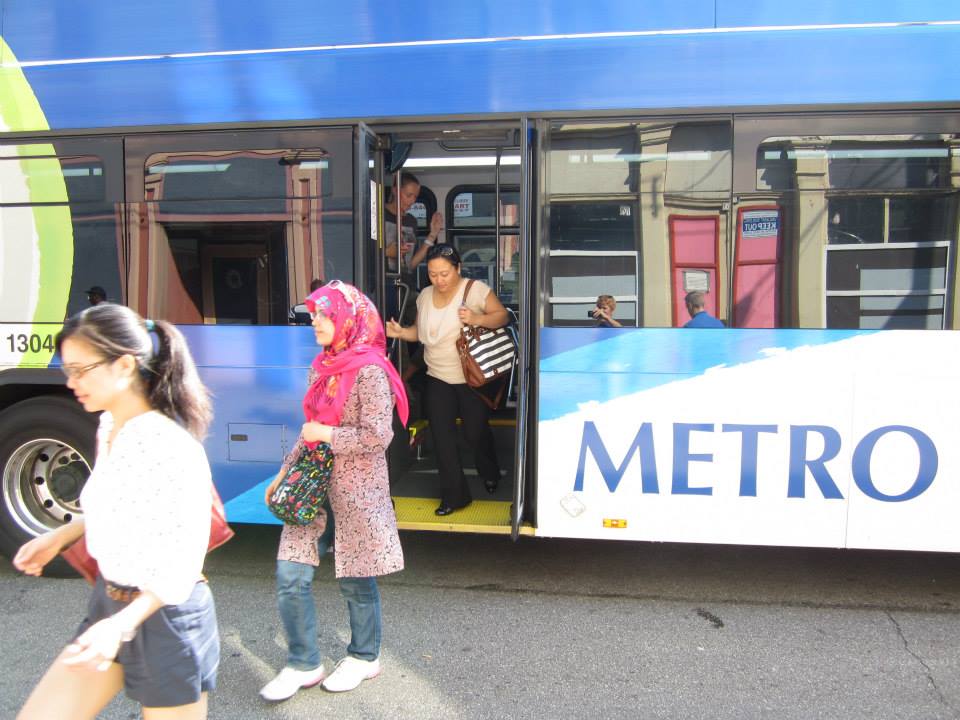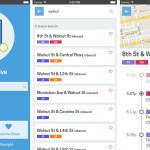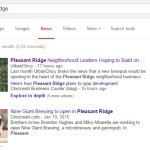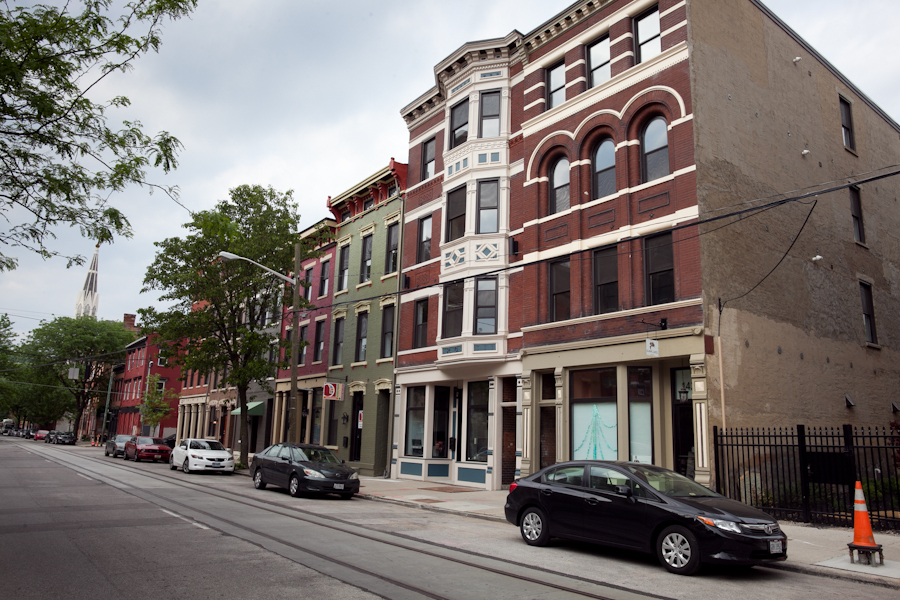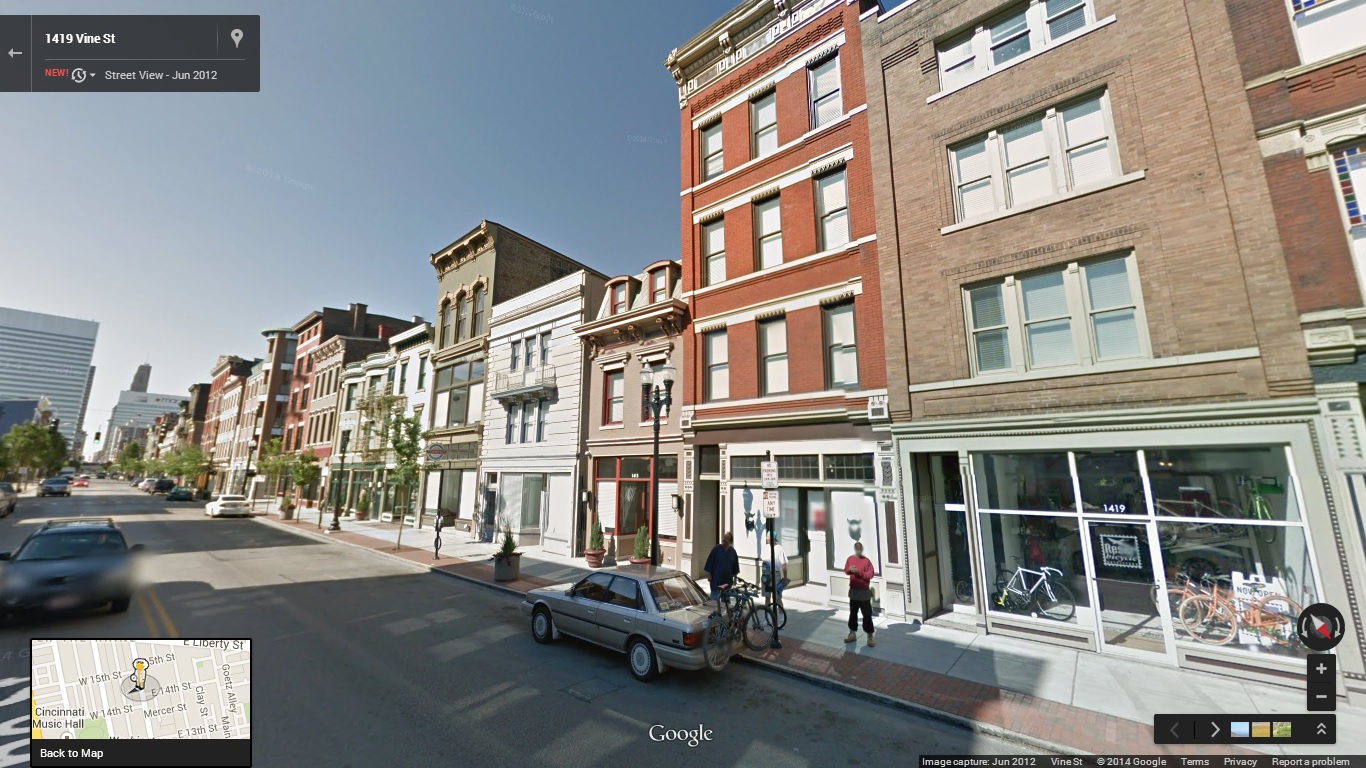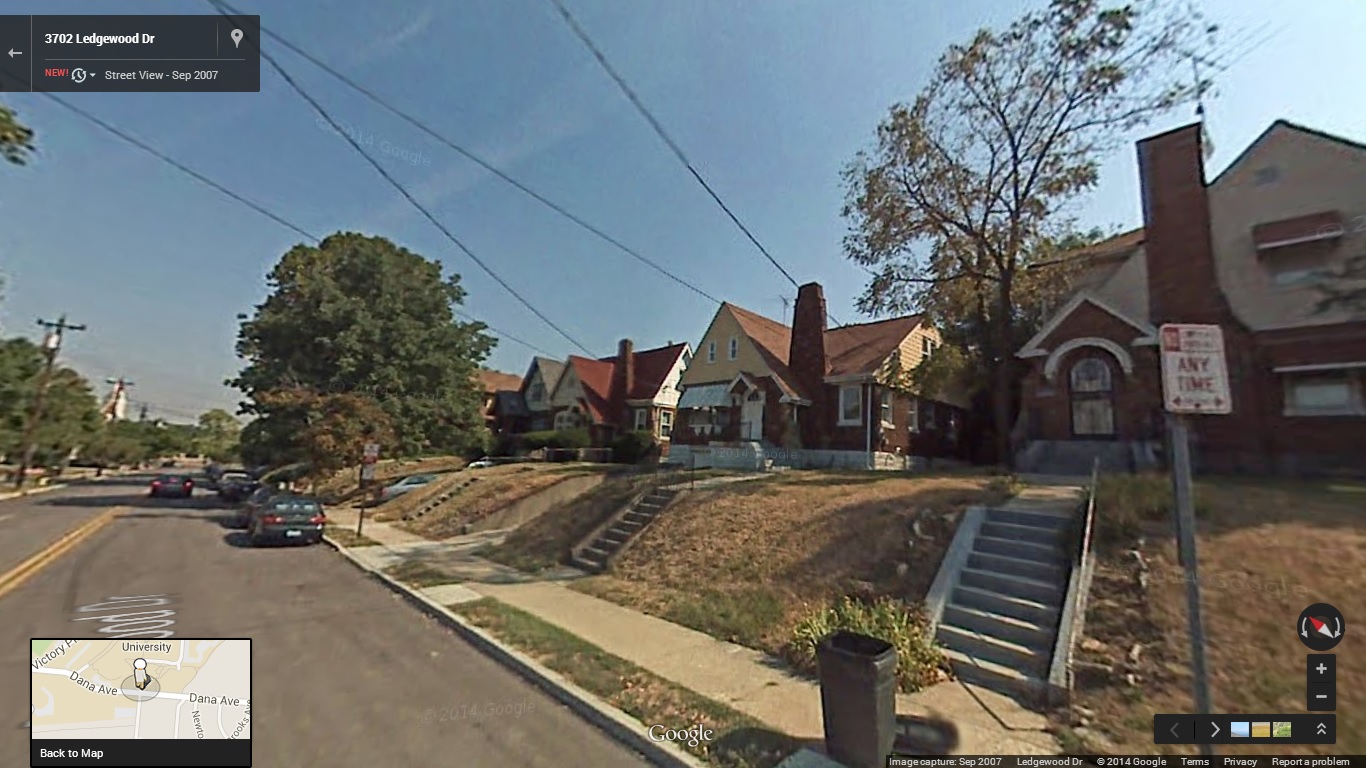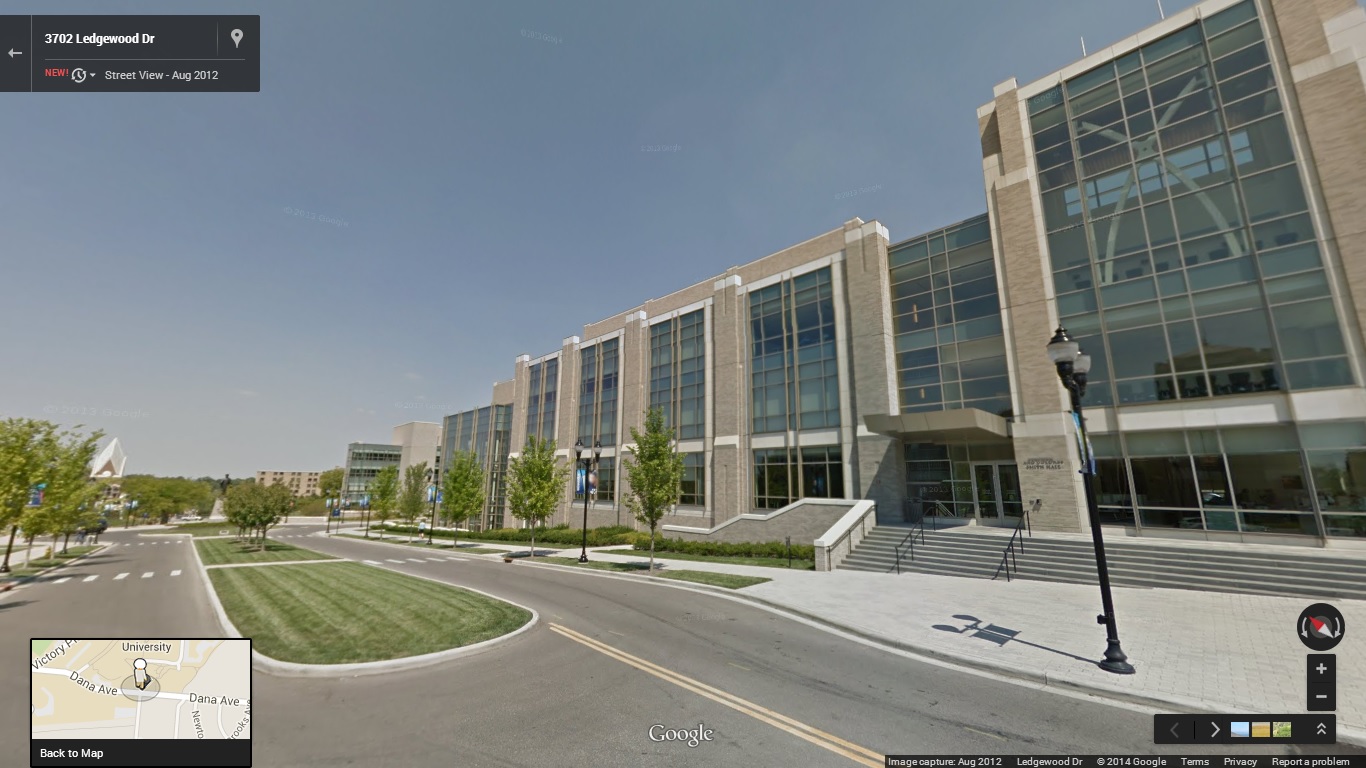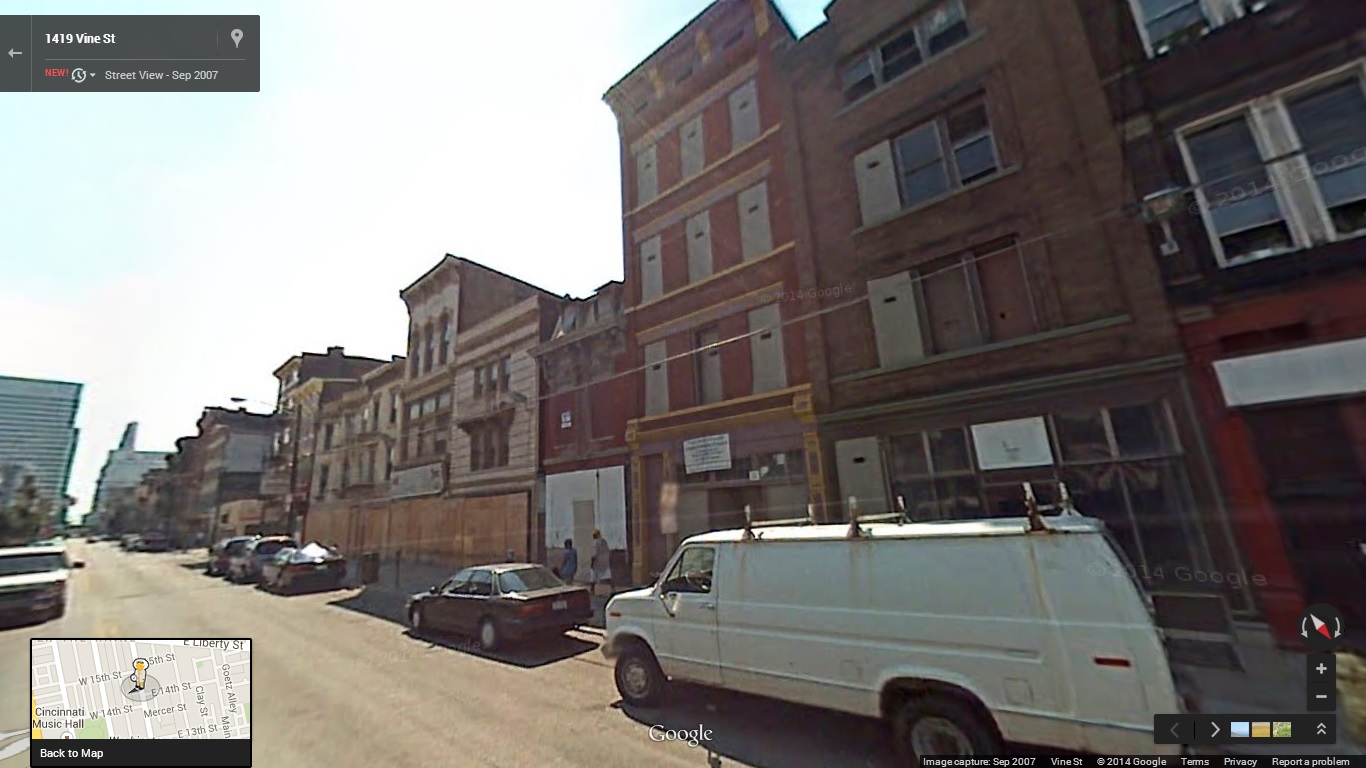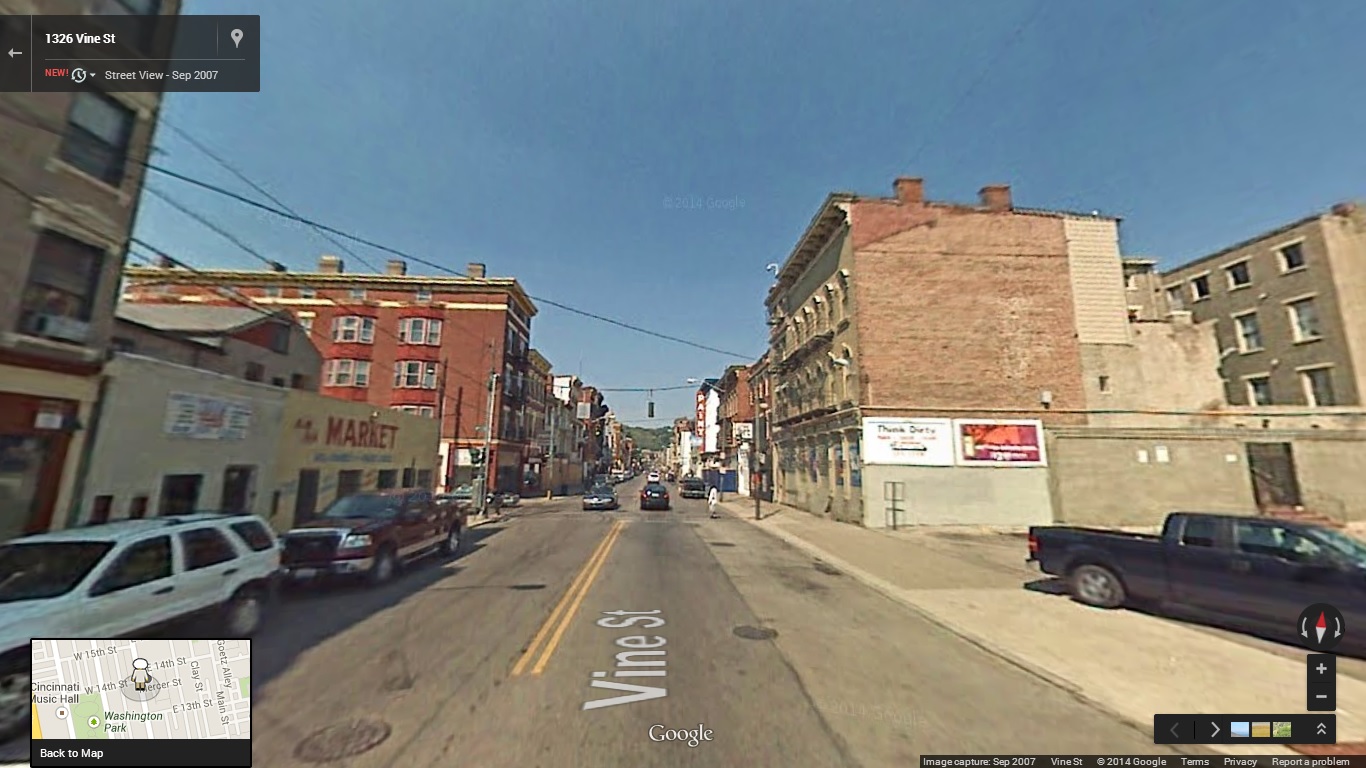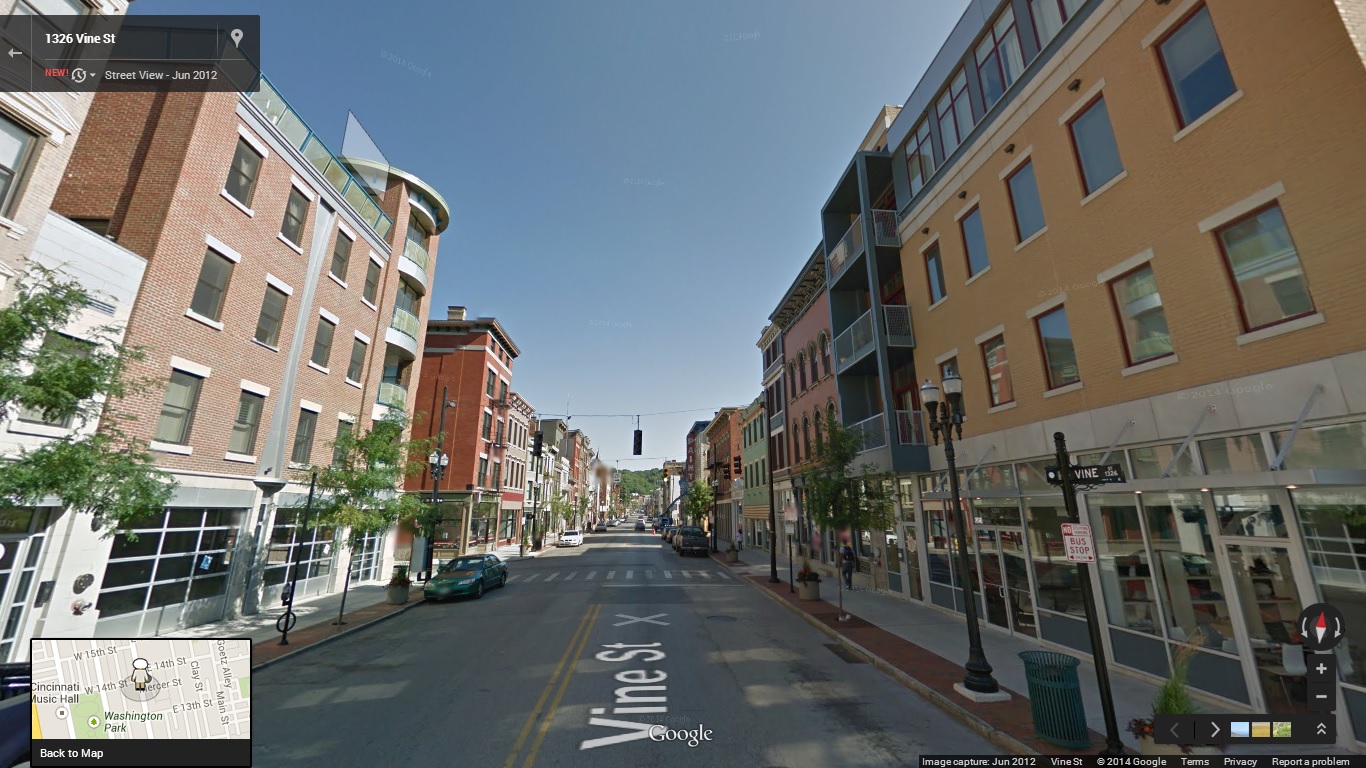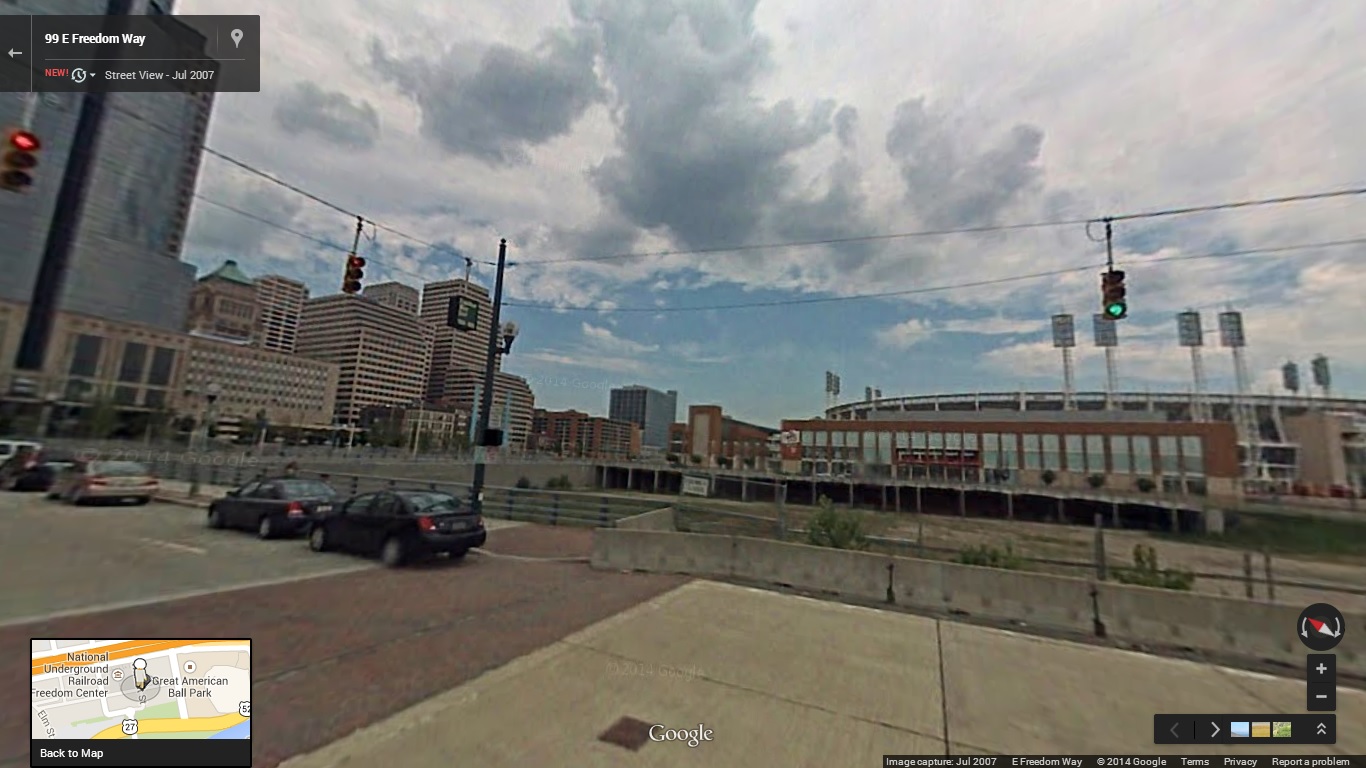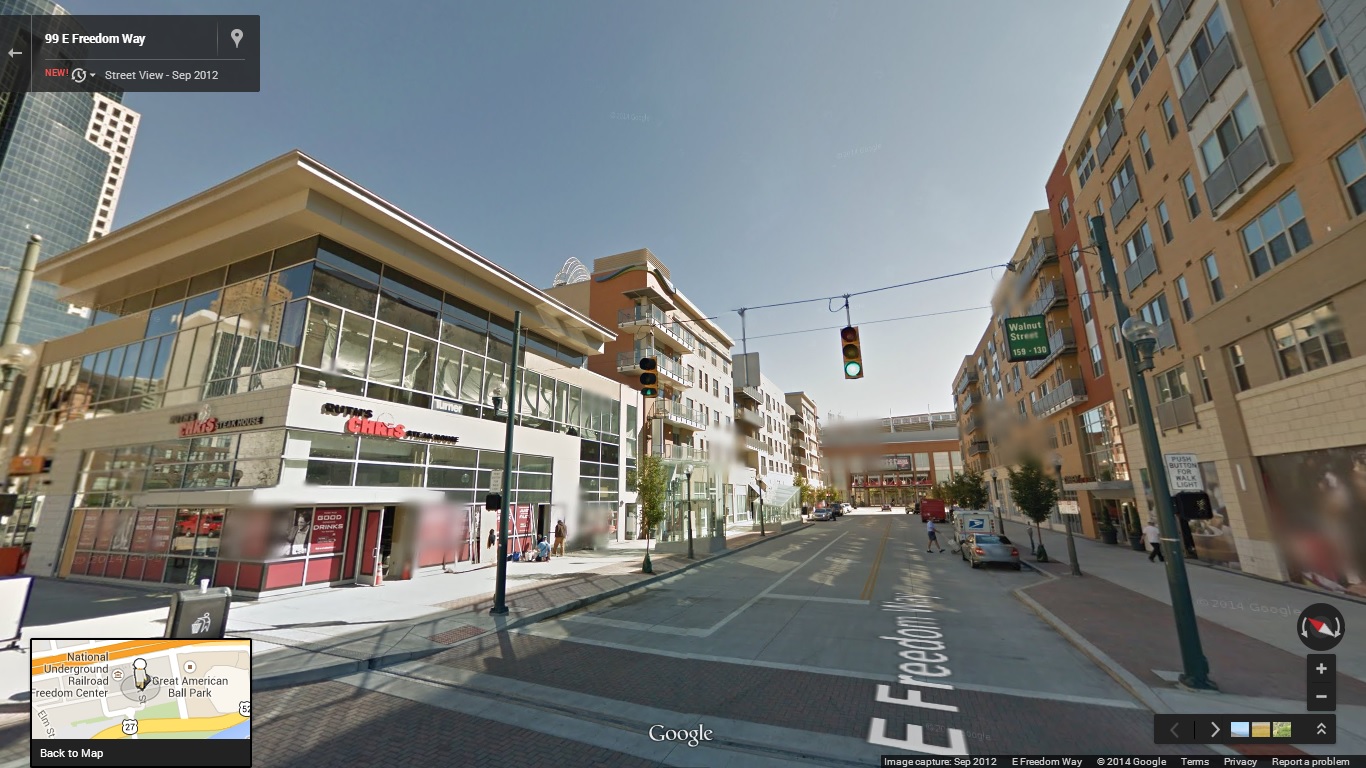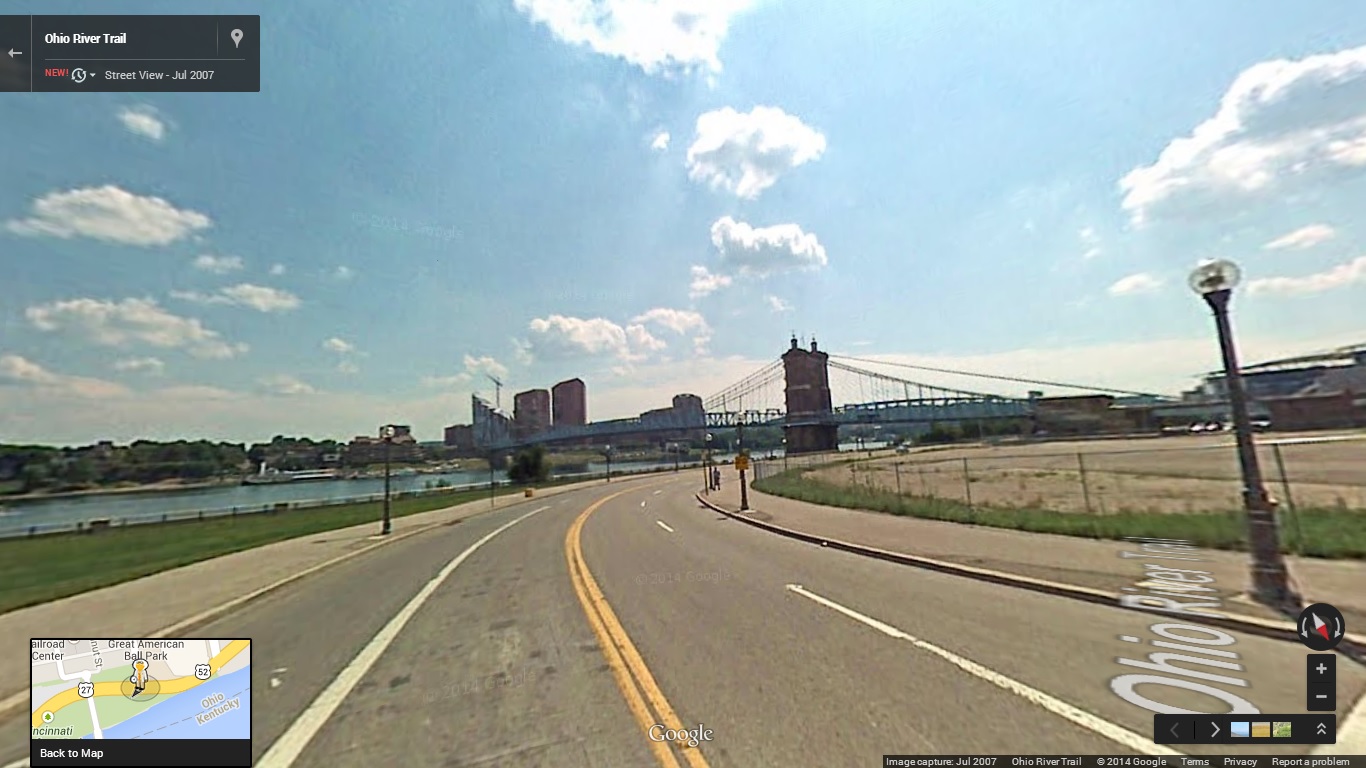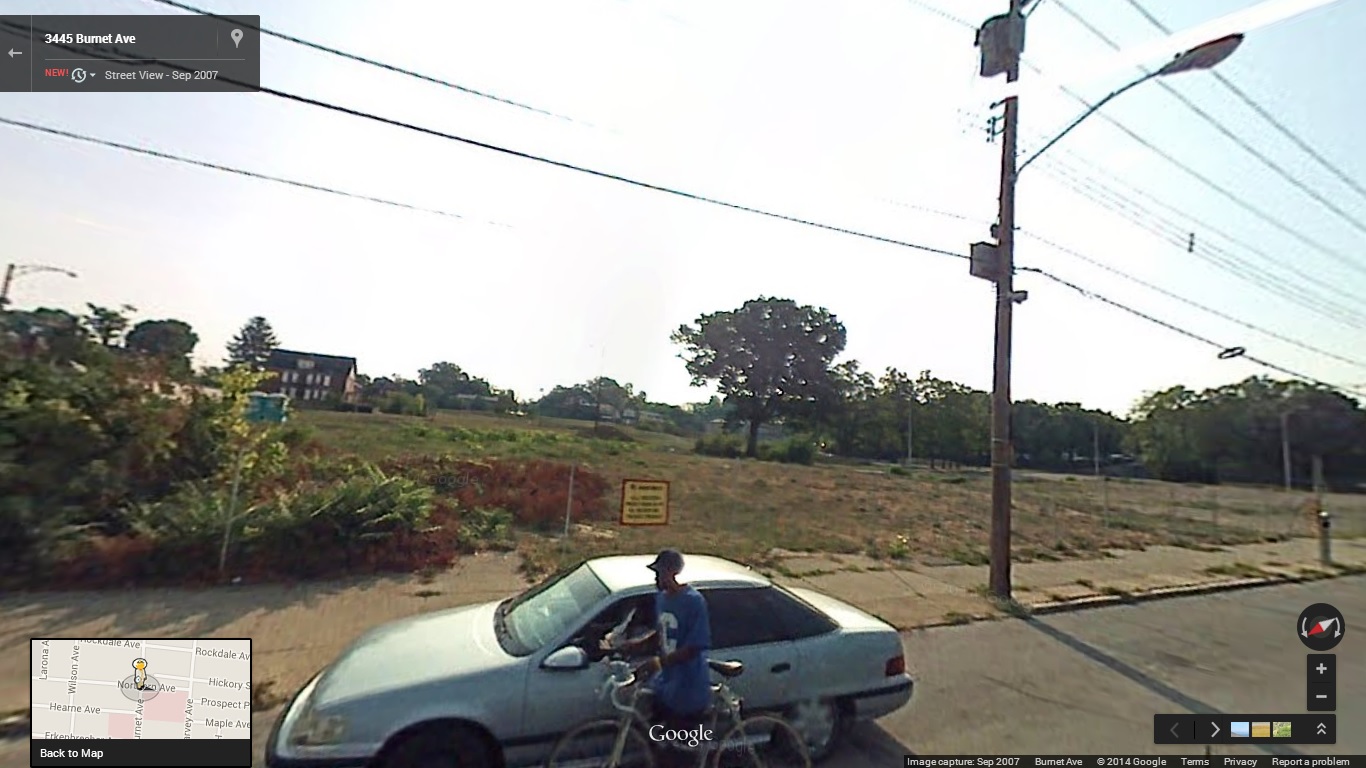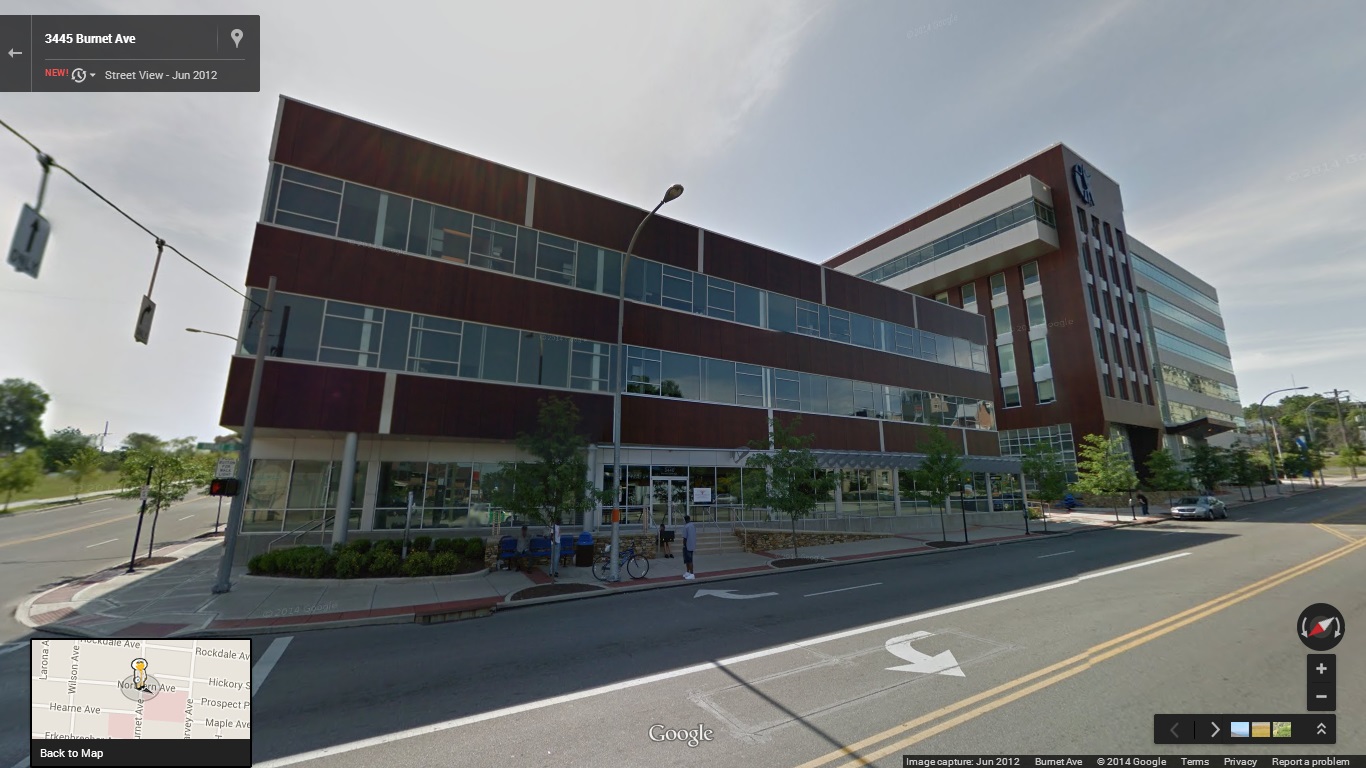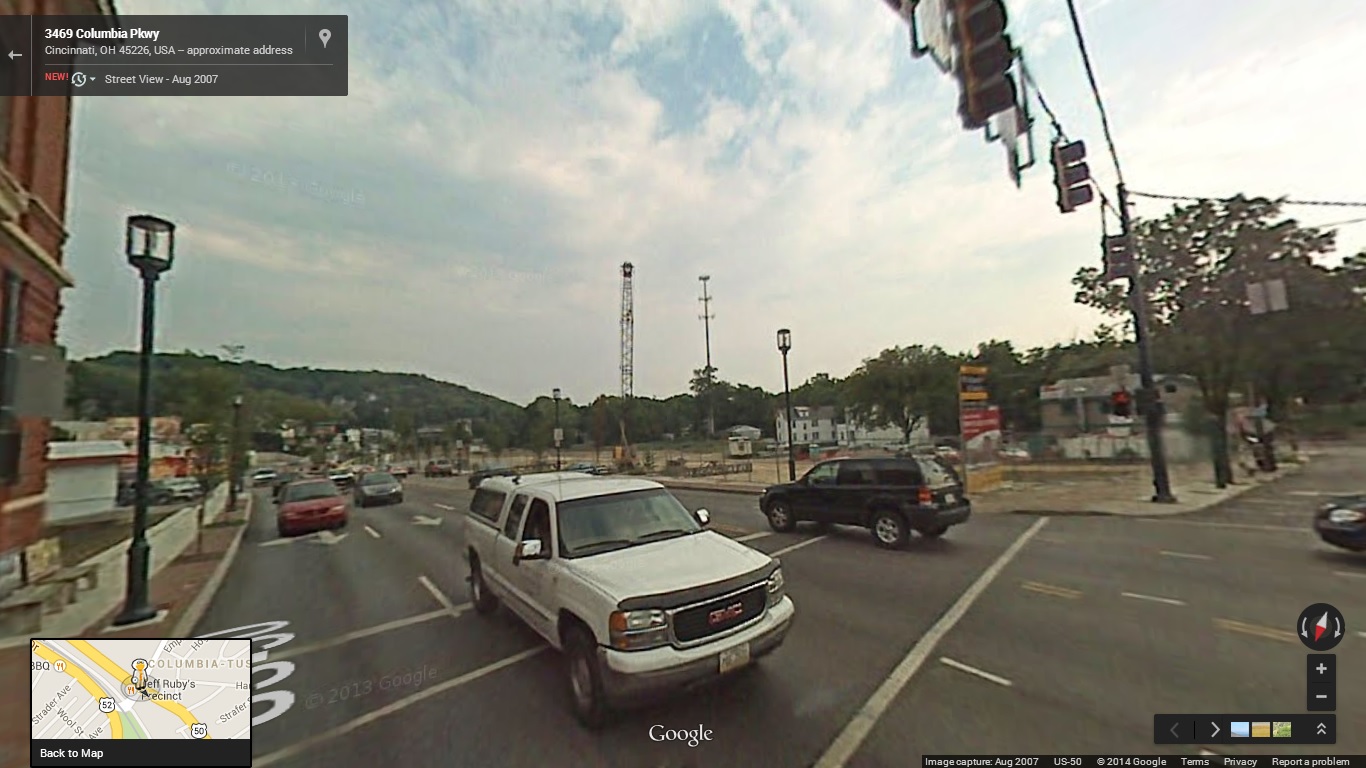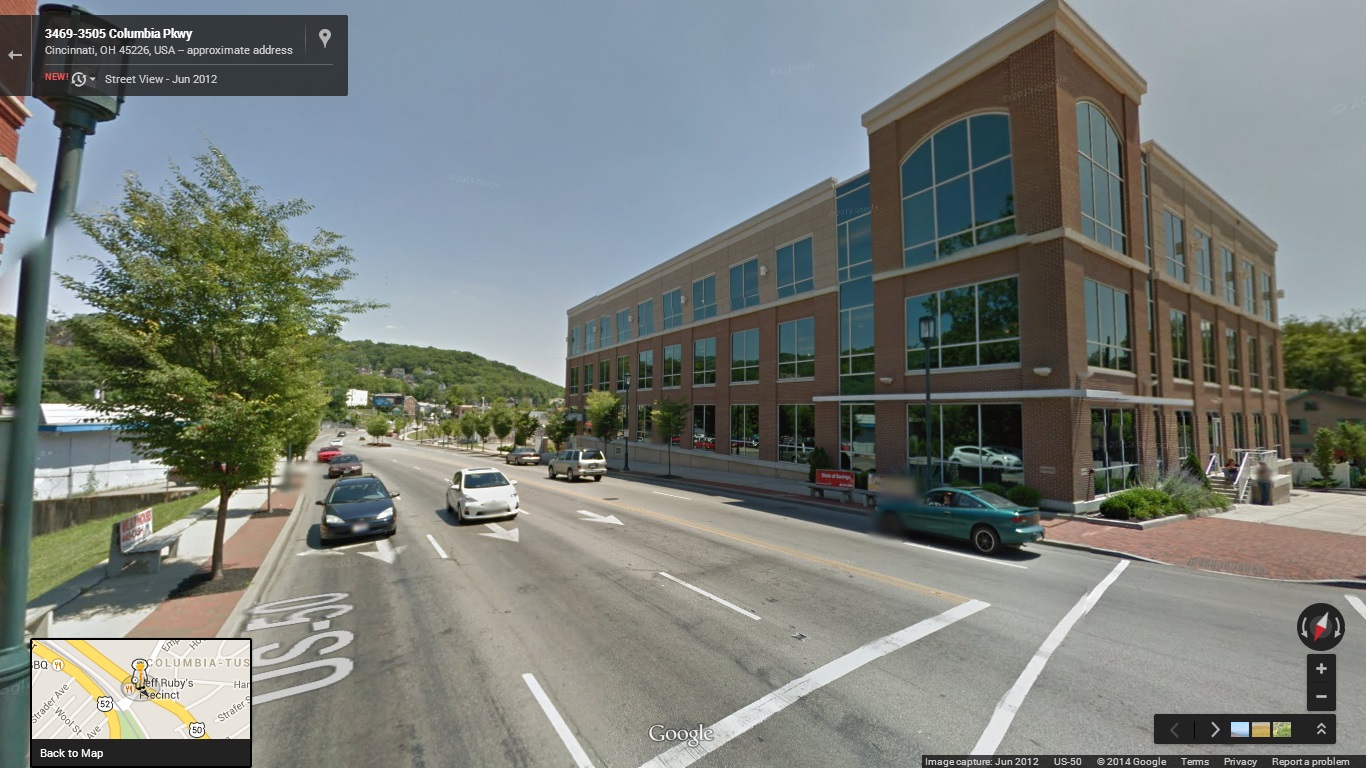Area transit riders can now download a new app called Bus Detective that offers real-time arrival information for Metro bus service.
Developed by locally based Gaslight, the app is free and available for download on Android and iOS devices. The data has also been packaged so that it can be accessed on the web at www.busdetective.com.
For years the Southwest Ohio Regional Transit Authority had been reluctant, like many other transit operators throughout the nation, to open up their data to the public. But just four months after opening the data, the region’s largest transit agency is now the beneficiary of a free real-time bus tracking app.
“It’s all about convenience. Our customers want to know when their bus is coming, real-time,” says Metro CEO Dwight Ferrell. “Smartphones are everywhere, and transit apps like Bus Detective make transit even easier to use.”
The city’s burgeoning tech community had been calling for local leaders to open more data. So far 2015 has proven to be a watershed moment for such actions, particularly so with the launch of Open Data Cincy.
“We’re huge fans of open data and turning that information into something valuable for the public,” says Chris Moore, CEO of Gaslight. “We also love public transportation and hope the app encourages more people to ride the bus.”
A query of the App Store reveals that Cincinnati may be the first transit agency in Ohio with its own custom real-time tracking application; however, both Cincinnati and Cleveland also have had Transit Tracker – an app that has been tailored to more than 30 cities nationwide – since 2014.
Both applications are free to use, but Transit Tracker can be used on the Apple Watch if users purchase an in-app upgrade. It also offers limited interoperability with TANK and Cincy Red Bike.
While Bus Detective has been available for more than two weeks, it officially launched today.
The timing could not be better, as reports show that Metro continues to struggle with stagnant ridership with what industry analysts call choice riders. Apps like these allow for people, who could otherwise opt for a personal automobile or ridesharing services, to more comfortably plan their transit schedules; and thus more likely to ride the bus.
“The Bus Detective app is a great example of the talent and creativity within our community and is helping make catching the bus even easier for the thousands of customers who rely on our service every day,” said Ferrell.
The app is relatively simple to use. Users just need to download the app and then search for their stop by a specific street address or the closest stop to their current location. From there users are presented with the arrival information for the next several buses, and can save specific stops as favorites for quicker reference in the future.
While the app offers clear bus tracking information, it does not allow users to map their trips. This much more complicated function is best carried out by using GoogleMaps, which Metro was added to in 2011 after the agency opened their data to the tech giant.
The Bus Detective launch event will continue on Fountain Square today until 1pm. Those who attend will be able to learn more about the app, while also having the opportunity to win prizes and take selfies with a full-size, sleuthy Metro buses.
